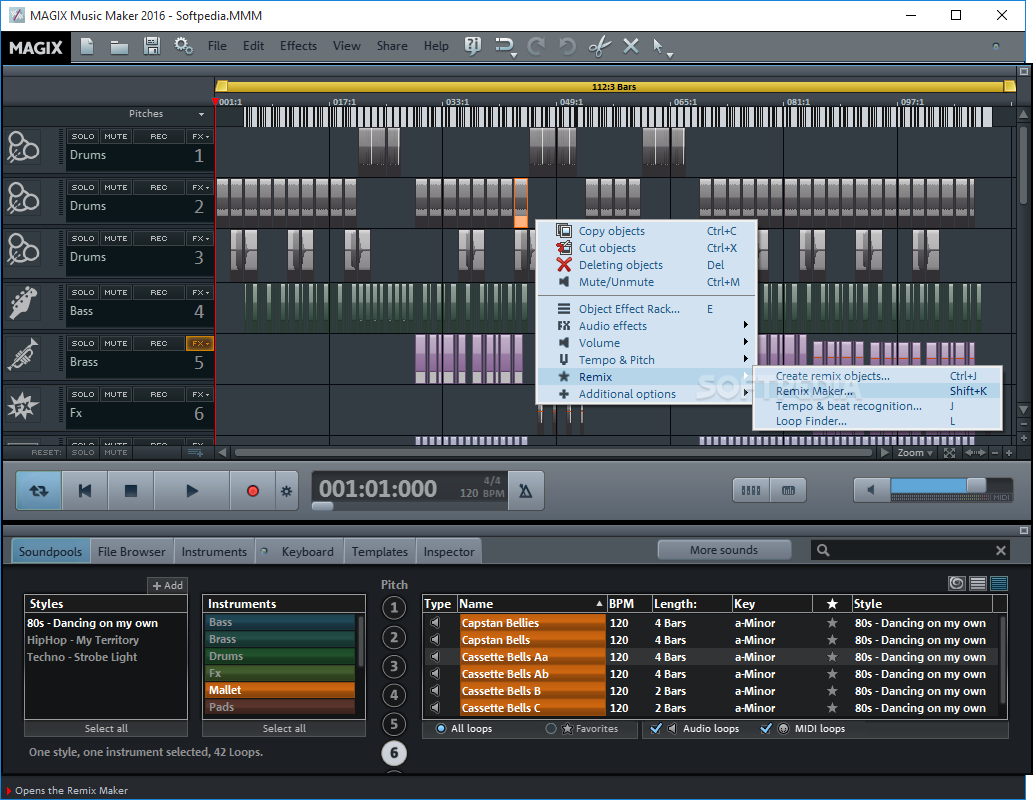


A large proportion of studies investigating human motion use 3D optoelectric motion capture systems. Motion analysis is a useful method to quantitatively and objectively assess human motion by providing kinematic information (e.g., joint angles, body trajectories, hand velocity, etc.) during task performance. By evaluating the ability of each system to capture kinematic changes of simulated upper limb prosthesis users during a variety of standardized tasks, this study provides insight into the advantages and limitations of using different motion capture technologies for upper limb functional assessment. The IMU system yielded more accurate kinematics for shoulder, neck, and torso angles while the markerless system performed better for the elbow angles. Root mean square error and bias values for degrees of freedom in the right elbow, shoulder, neck, and torso were calculated. Participants were simultaneously recorded with all systems as they performed standardized tasks. Ten healthy participants (5F/5M 29.6 ± 7.1 years) were trained with a TouchBionic i-Limb Ultra myoelectric terminal device mounted on a bypass prosthetic device. To better understand the performance of various motion capture systems in quantifying UL movement in the prosthesis user population, this study compares joint angles derived from three systems that vary in cost and motion capture mechanisms: a marker-based system (Vicon), an inertial measurement unit system (Xsens), and a markerless system (Kinect). Current literature lacks a comparative analysis of different motion capture systems for tracking upper limb (UL) movement as individuals perform standard tasks.


 0 kommentar(er)
0 kommentar(er)
